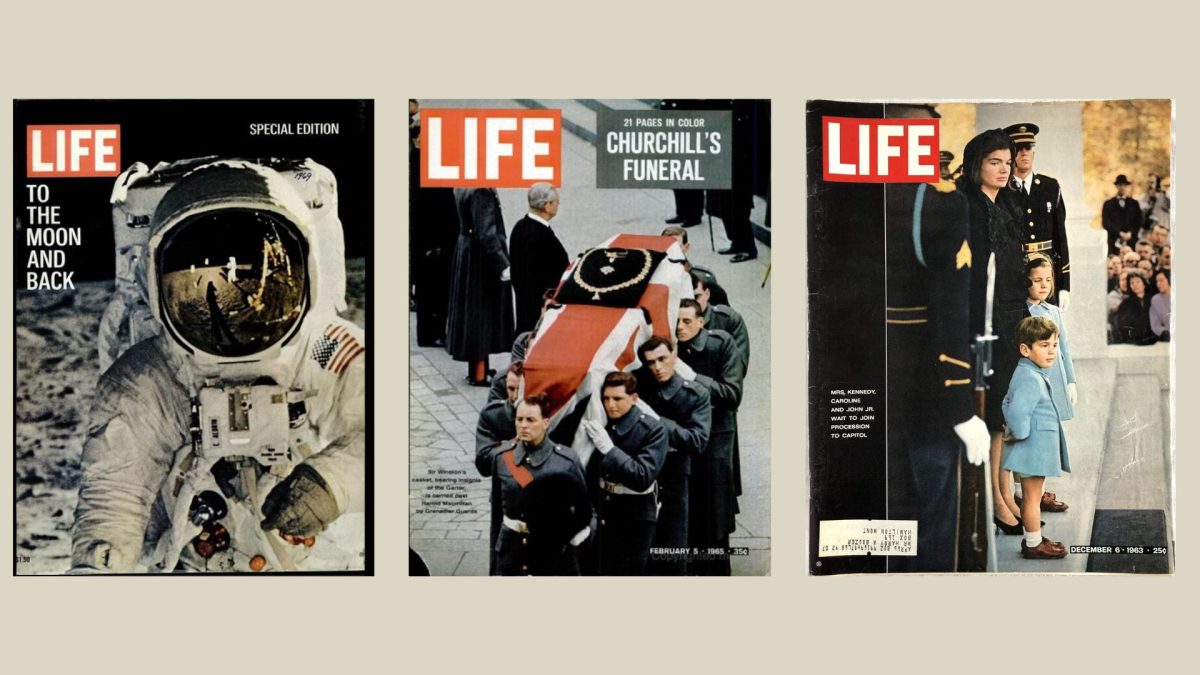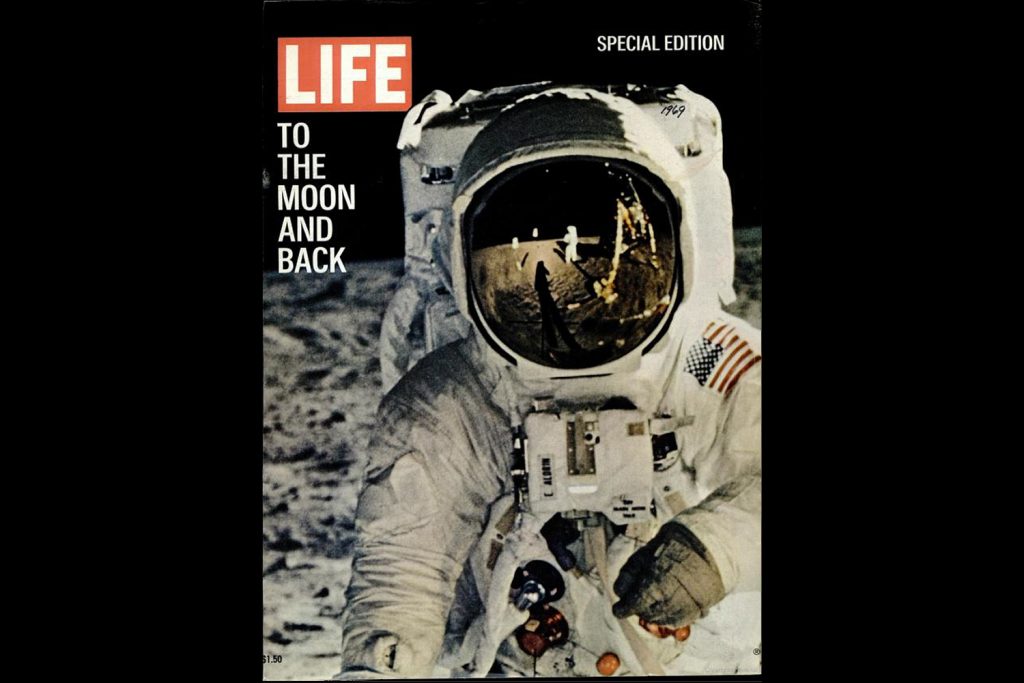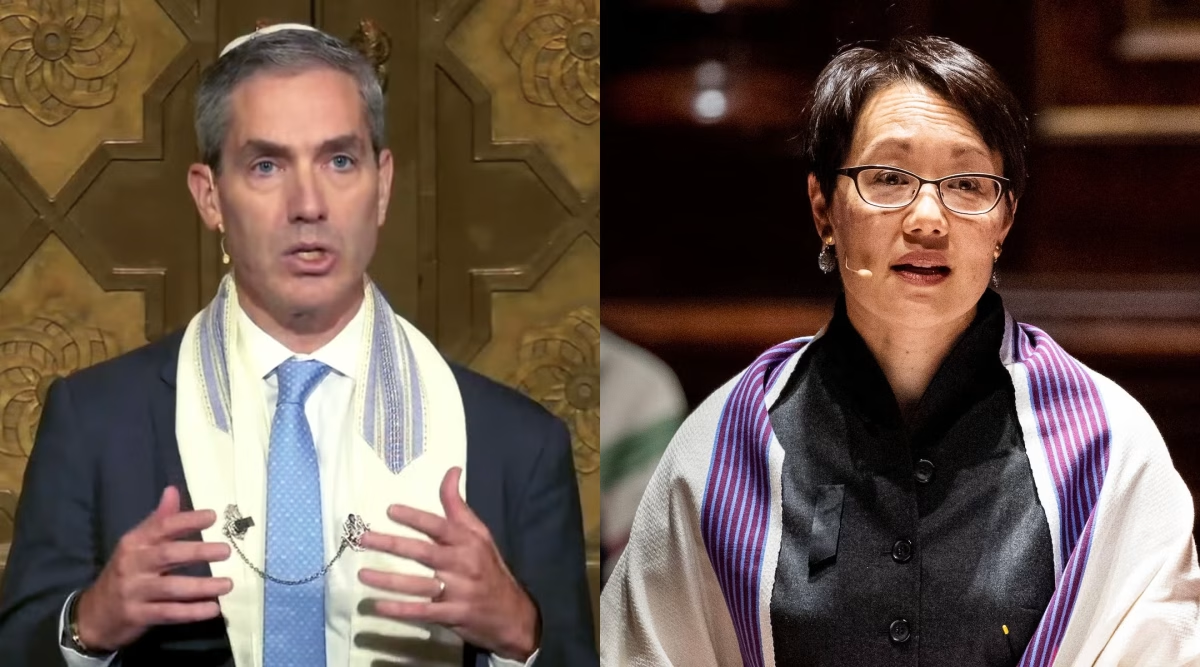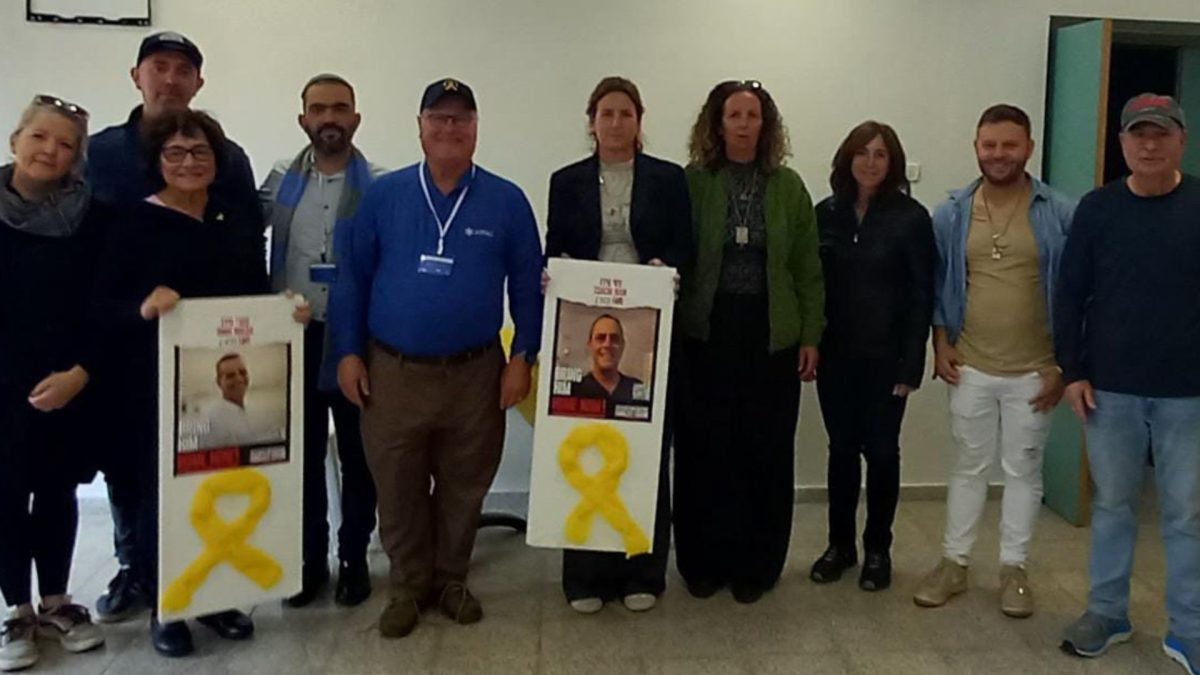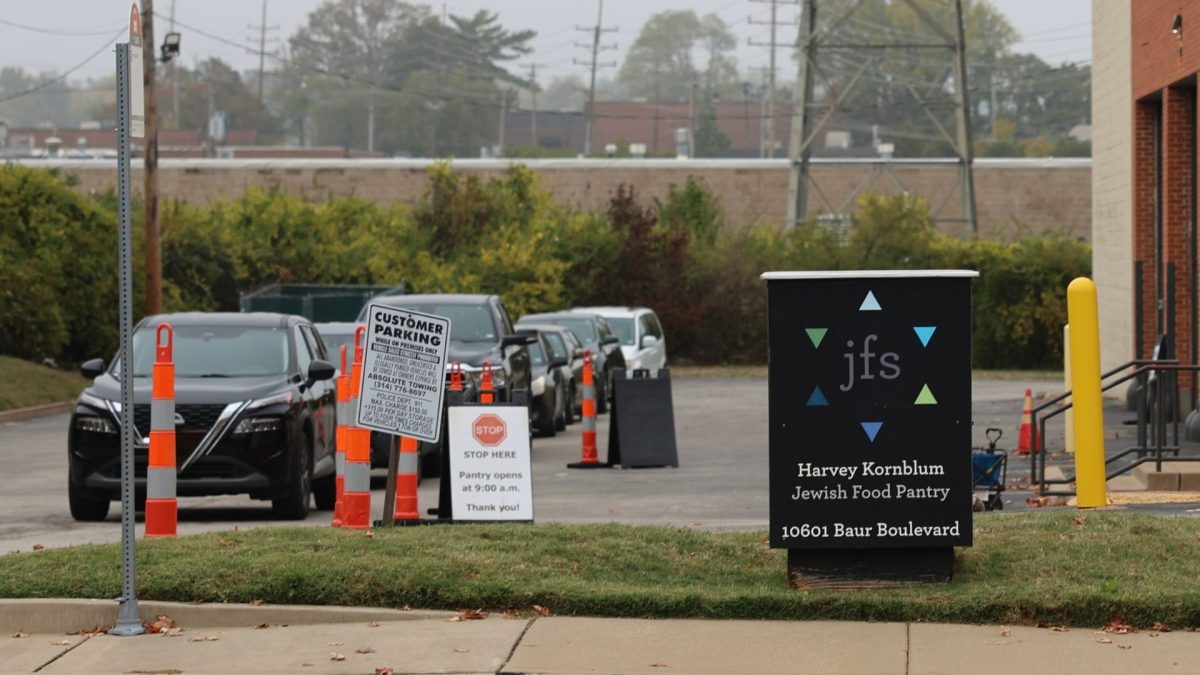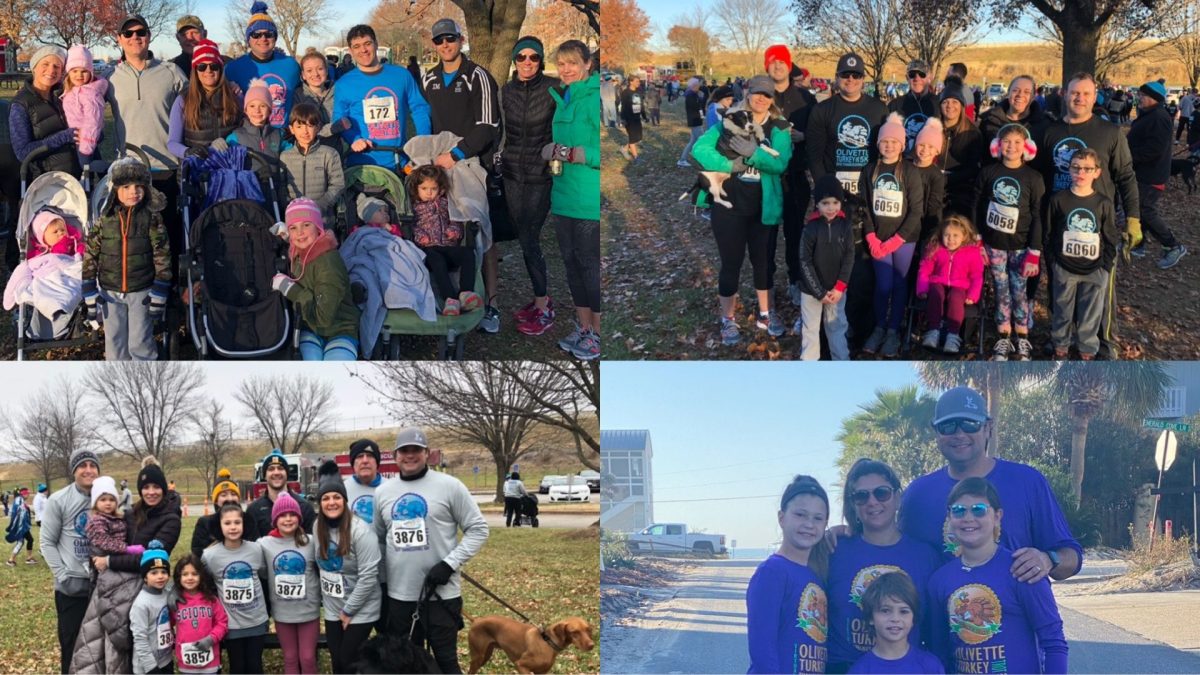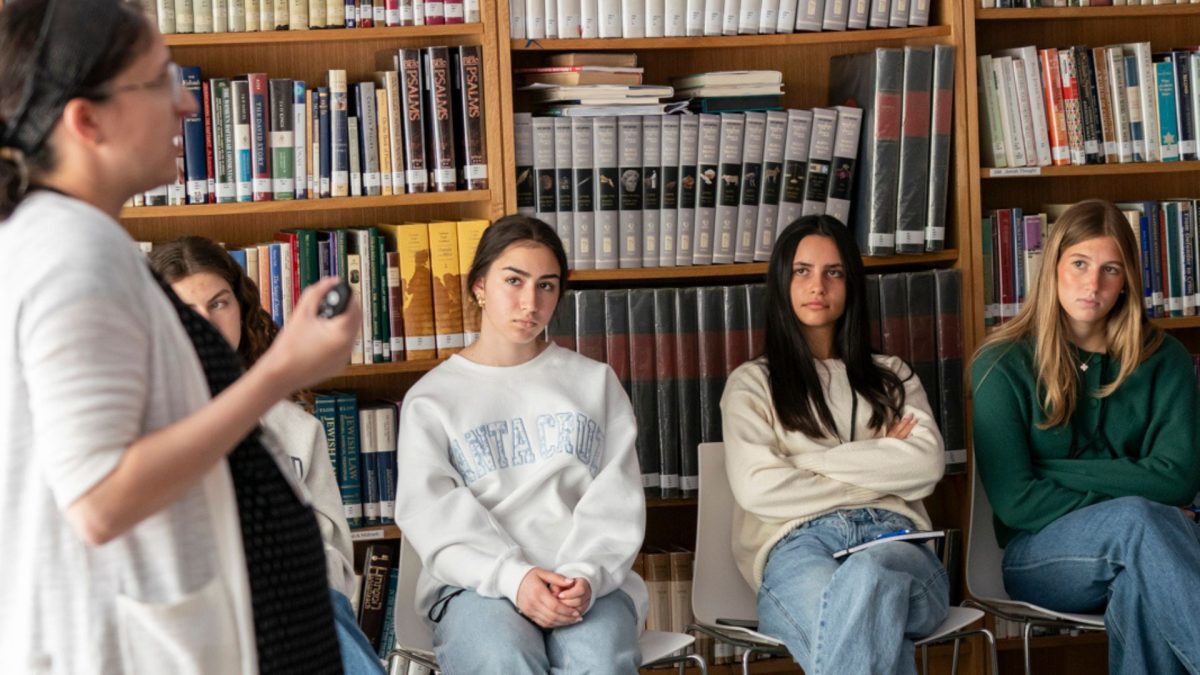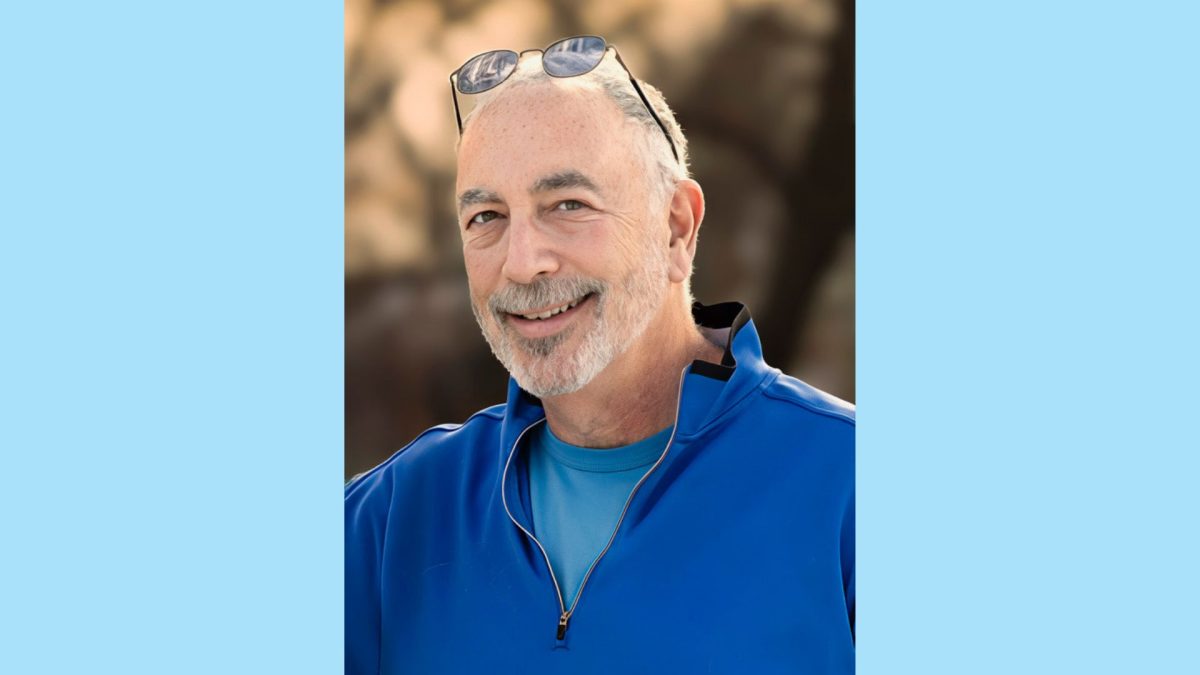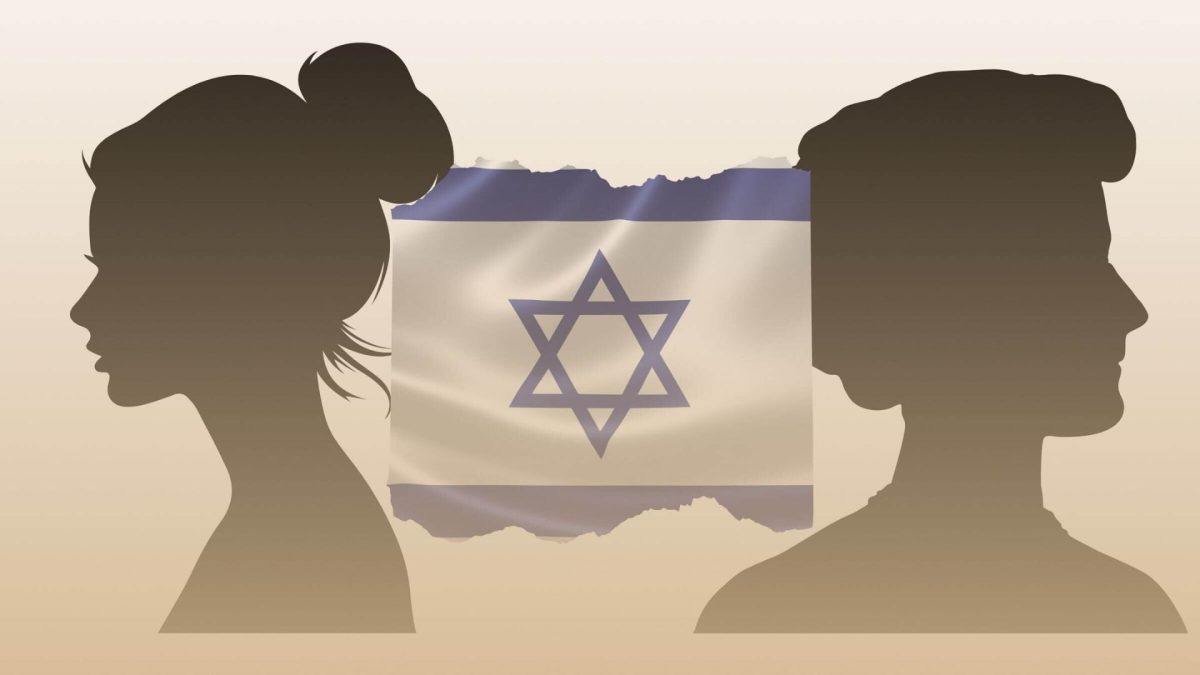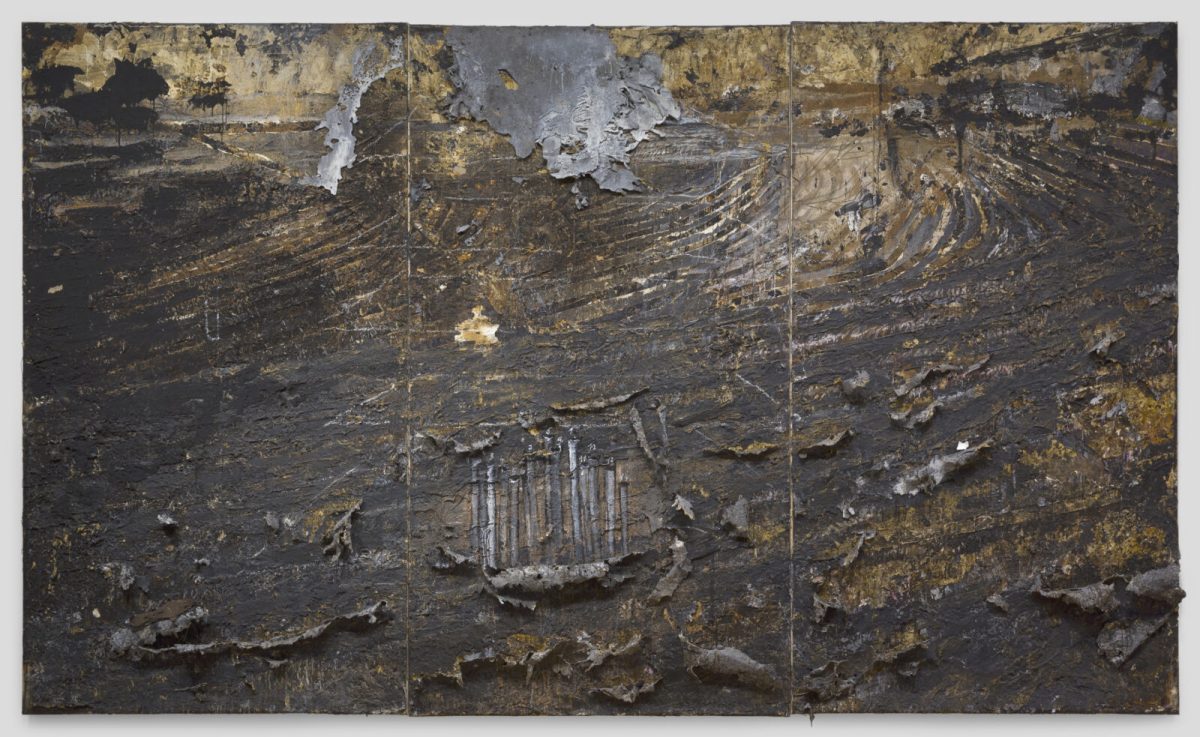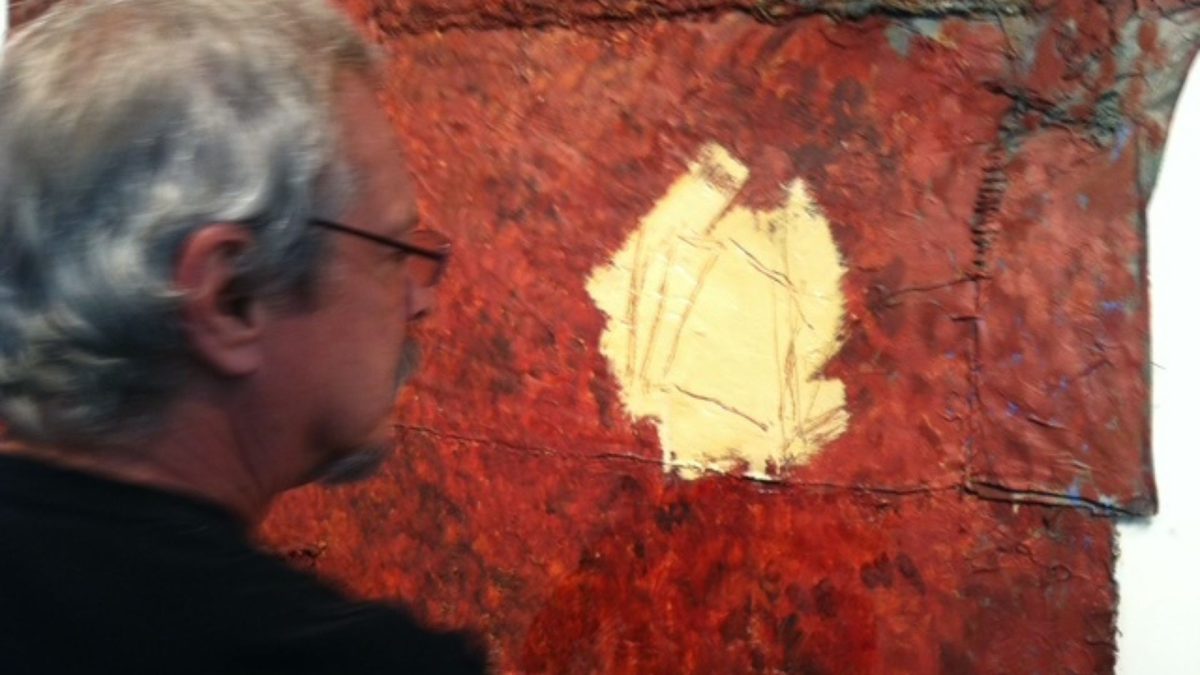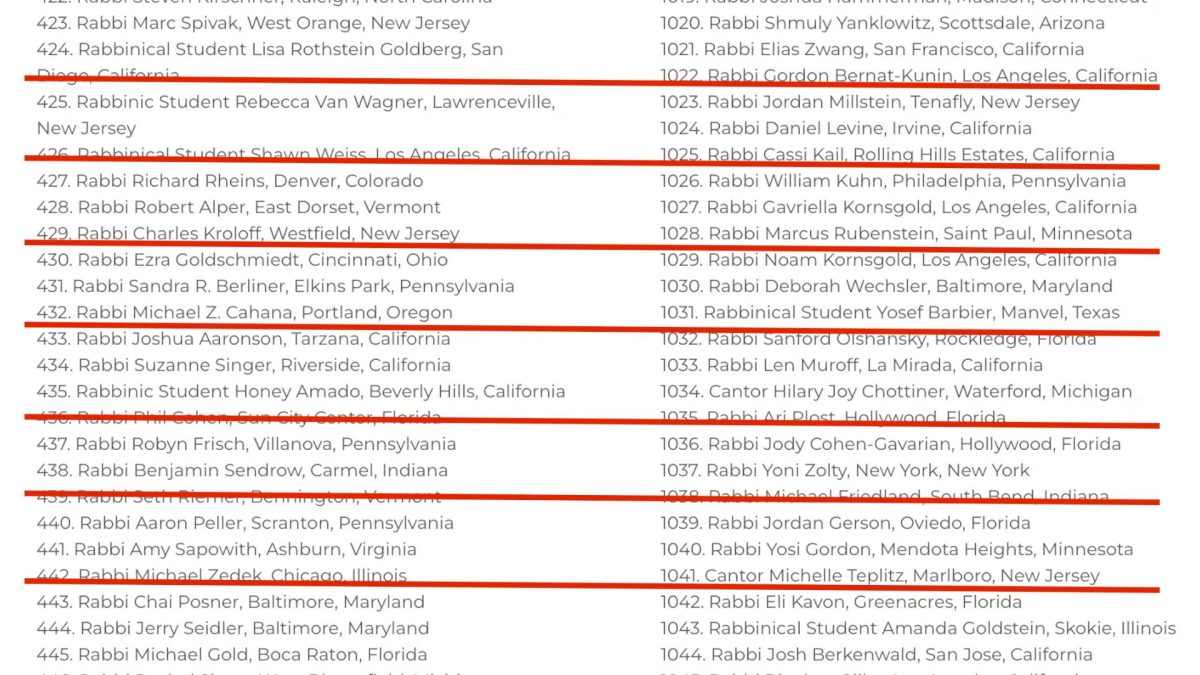Recently, I received an email from Jewish Light subscriber Richard Essman, which included a link to an obituary about his uncle Robert Essman, published on Seven Days Vermont, a small Vermont newspaper’s website. Richard suggested I check out his uncle’s story, believing it might capture my interest. It did.
What intrigued me about Robert “Bob” Essman’s story was how he managed to get close to, or even touch, history in some way—a trait I find fascinating and one that many of our readers share.
From St. Louis to Life Magazine: Bob Essman’s Early Years
Bob Essman, a former St. Louisan, played a central role in some of the 20th century’s most iconic moments through his art direction work at Life magazine. He passed away at 87 on May 1, 2024, in Shelburne, Vt. Born in St. Louis on Feb. 6, 1937, Essman left a significant mark on the publishing world and beyond.
ADVERTISEMENT
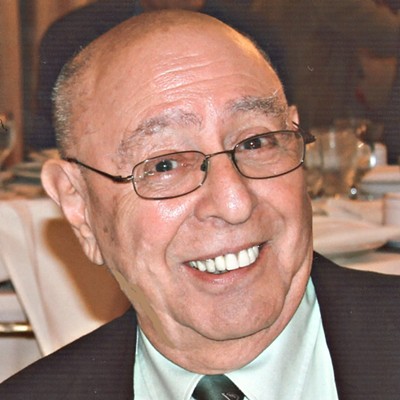
Growing up in Clayton and University City as the youngest of three brothers, Essman attended the Clayton School District and University City High School. His family was a member of Brith Sholom on Delmar and later Knesseth Israel. Initially enrolling at Washington University in 1952, he soon realized his calling lay elsewhere and transferred to the University of Iowa in Ames, where he earned his degree in journalism.
“Uncle Bob left WashU and ended up painting designs on walls of display homes for my father’s real estate company while working at the Artmore store,” recalled his nephew Richard.
Crafting History: Bob Essman’s Work on Churchill’s Funeral and the Moon Landing
After college, Essman moved to New York City in 1961 and joined Life magazine in 1962, quickly becoming integral in the art direction of several historic issues. “He produced the layout for Winston Churchill’s funeral in 1965,” Richard noted. Essman was selected to fly to London on a chartered DC-8—converted into a flying photo lab and editorial office—to cover the event.
ADVERTISEMENT
The team landed in London on a Saturday, and the operation was a whirlwind of activity as motorcyclists delivered rolls of film from photographers along the funeral route. As the plane ascended back to cruising altitude, Essman, sprawled on the floor, meticulously finished the final touches to the cover. The issue was printed in Chicago just in time, showcasing Essman’s dedication and ingenuity.
Essman also spearheaded the magazine’s coverage of the Moon landing in 1969 and was involved in producing the Kennedy assassination special edition.
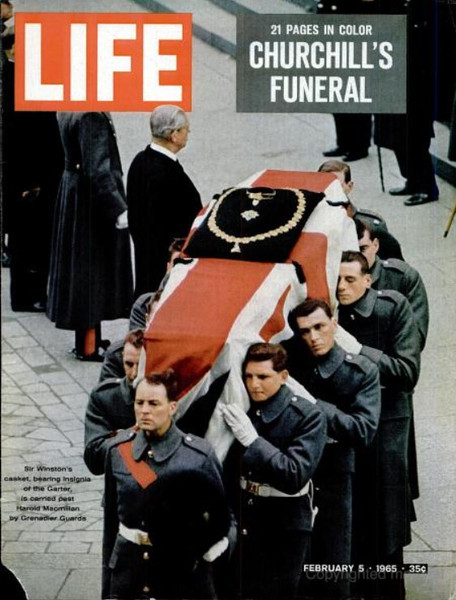
Founding People Magazine: Bob Essman’s Lasting Legacy
Following his tenure at Life, Essman became the founding art director for People magazine. “He designed the magazine for its first six years, shaping it into the influential publication it is today,” said Richard. His approach was influenced by advice from his mother, who enjoyed reading about people’s lives.
Beyond the Headlines: Bob Essman’s Later Life and Contributions
After leaving People, Essman continued to work on various special projects. His social circles included notable figures like Walter Cronkite and Woody Allen. At the time of his passing, Bob was working on a history book, having completed about 60% of it.
“He was in the process of writing a history book when he died,” his nephew shared, noting the profound legacy left by Bob in both his professional and personal life.
Essman is survived by his nieces and nephews, grandnephews, and a grandniece.
Bob Essman’s Work



